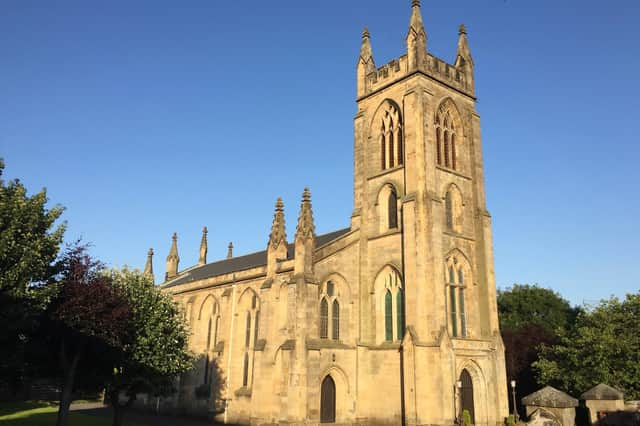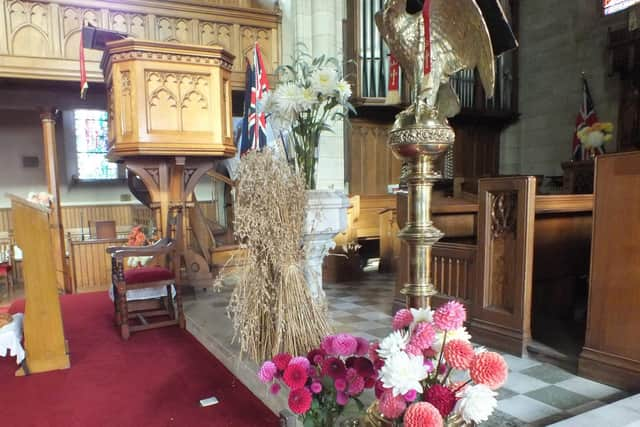200 years ago this weekend, the first congregation moved into Larbert Parish Church


As their descendants celebrate this bicentenary they can look back even further to the centuries of worship in their former building which stood within the present graveyard, as well as to the even earlier chapel of ‘Lethbert’ which along with the linked congregation of ‘Donypas’ take us back to the very dawning of Christianity in the area.
The link between the two, which had withered during the long years when power in the parishes lay with the Augustinian Canons of Cambuskenneth Abbey, was restored not long after the Reformation of 1560 and remained in place until 1962!
Advertisement
Hide AdAdvertisement
Hide AdBetween times, the people of both parishes witnessed all the complex changes brought about by power shifts at national level, but by the early 19th century Larbert had prospered over its neighbour largely because of the arrival of Carron Company and the growing community that resulted.


More people put greater pressure on an old, cold, crumbling kirk but also brought new financial resources.
The Heritors responsible agreed to replace the old building, and in 1818 appointed top Scottish architect, David Hamilton, designer of the Falkirk Steeple, to prepare plans.
The result was much admired – the finest church building in central Scotland was the verdict of one observer.
Advertisement
Hide AdAdvertisement
Hide AdOver the years there have been many changes inside the sanctuary. In 1887 there was a complete restoration with new pews replacing the old fashioned boxes, fine oak fittings throughout the building and a pipe organ reflecting a change in attitudes towards music in church.
Flowers laid in memory of Maddiston woman who died in Ibrox Disaster...Larbert Rotarians make donation of tablets to Forth Valley Royal...
Another breakthrough had taken place in 1859, when a beautiful stained glass window was installed at the east end of the building in memory of Joseph Dawson of Carron Company. It was the prelude to a gradual filling up of the nave windows which are, to many, the crowning glory of the interior.
In 1911 the builders were once again at work, this time extending the east end by the addition of a chancel.
Advertisement
Hide AdAdvertisement
Hide AdThis was no easy task requiring the relocation of the Dawson window as well as the organ but it was a further enhancement of what was already a beautiful sanctuary.
For the people of successive congregations it was, of course, about much more than providing attractive surroundings for worship. Dedicated ministers, elders and thousands of unsung parishioners have shared in spiritual devotions which brought meaning and purpose to their lives, and have used their resources to assist the wider community during times of difficulty. But the building is important.
As Rev John McLaren Minister for 51 years told his congregation back in 1887: “Is it not a house endeared to you by many hallowed associations where you were baptised yourselves and where you have held your children up to be dedicated to the Lord? Does not the church-going bell echo back the recollections of childhood and dear ones now lying in yonder churchyard?
Above all, has not this house been to some as the very gate of Heaven?”
Advertisement
Hide AdAdvertisement
Hide AdAnd to all of us in our community this fantastic building, a pearl beyond price, is a powerful living link to 1000 years of our local history and heritage.